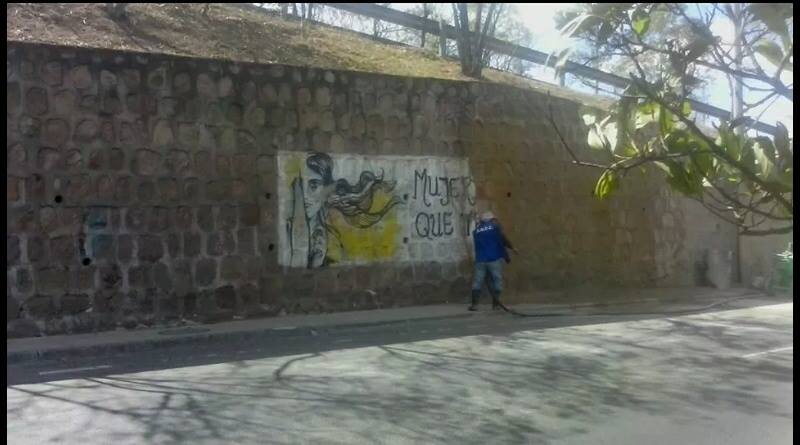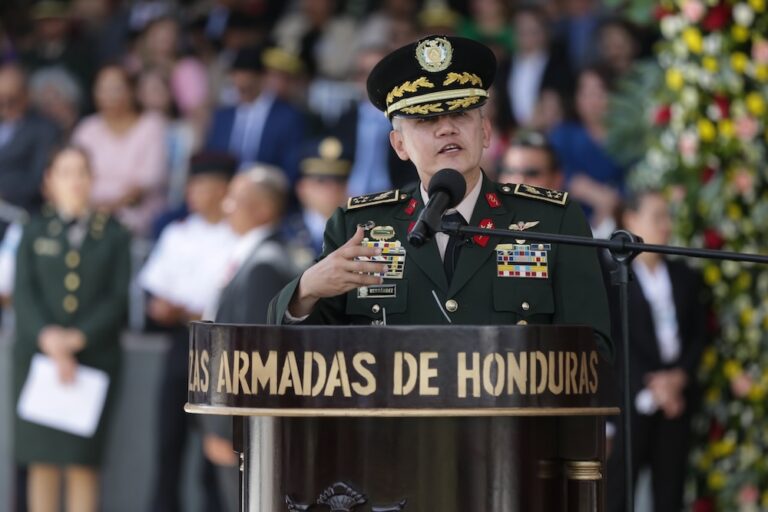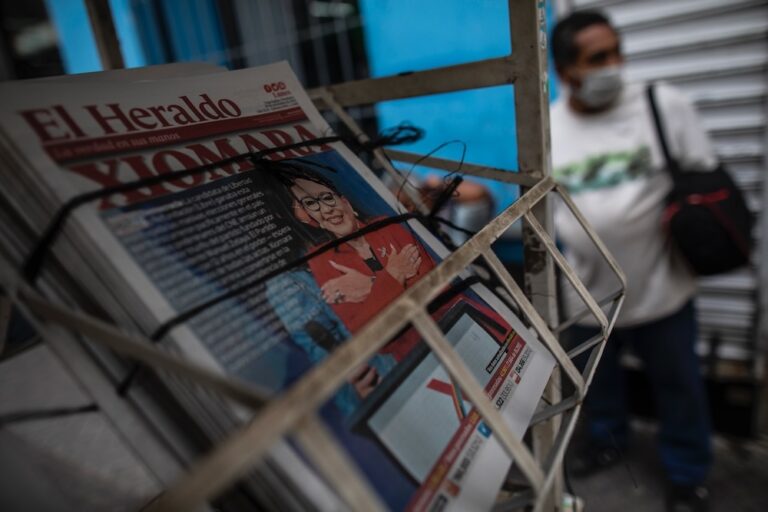While murals in the most important cities of the world are displayed with pride, in the Honduran capital of Tegucigalpa municipal cleanup crews remove these works of art and cover them with grey paint.
This is an abridged translation of a statement originally published on clibrehonduras.com on 9 March 2015.
While murals in the most important cities of the world are displayed with pride and people admire the work of “graffiti artists”, in the Honduran capital of Tegucigalpa municipal cleanup crews remove these works of art and cover them with grey paint. They arrive in the morning with water and hoses and, based on orders from municipal authorities, the poems and thoughts of the youthful artists disappear.
On 8 March 2015, journalist Cesario Padilla reported in his blog, AbraPalabra, that the most recently destroyed mural was created by the Tegucigalpa Poetic Action (Acción Poética Tegucigalpa, APT) group. The mural was a dedication to women and was destroyed two days before International Women’s Day. According to the blog post, Mayor Nasry Asfura is more concerned with road construction than encouraging art among the capital’s youth, and has overseen the elimination of murals and graffiti created mostly by university students.
Municipal personnel have said they plan to remove another three murals.
Juan Carlos Montalván, an APT member, said they consider the removal of the murals to be a violation of freedom of expression, noting that the group is concerned that other murals will also be destroyed.
In a November 2014 meeting with municipal officials, APT and another artist’s group, ArteCalle, had received assurances that the municipality would not continue to remove the murals. Prior to the meeting, artwork created by ArteCalle had been destroyed.
One of APT’s founders, Linda del Cid, said that when they are creating the murals they are often harassed and have even been threatened with arrest by National Police officers. Padilla’s blog post quotes del Cid saying, “One time they wanted to detain us for refusing to stop creating the mural, even though we had the backing of local residents.”
In November 2014, El Heraldo newspaper reported that the local authorities had issued a statement to the effect that they would begin cleanup work and painting on vehicular and pedestrian bridges in the capital as a municipal improvement measure. The El Heraldo article noted that these areas “had for months been covered with graffiti and other messages that contributed nothing to the education and good standing of the capital’s residents and, as such, municipal crews would begin cleaning the walls and covering them with a coat of grey paint.”



